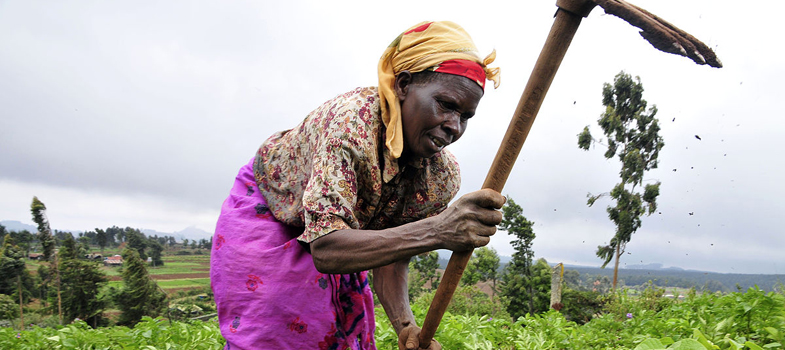4.2 Comparing producer and savings co-operatives
You have probably seen that there are some very similar characteristics or prerequisites needed by both types of co-operative. In practice they map on to the resilience framework discussed in Section 2. Here are my thoughts.
Commitment and loyalty
A committed, co-operative-aware and loyal membership that understands and is prepared to work with co-operative values and principles. This type of membership can be difficult to achieve if the co-operative or union is not able to provide the services that are part of the co-operative’s brief. It can also be challenged if other actors such as middlemen are able to undermine membership loyalty for very good reasons – such as the cost of transporting products or greater ease of access to markets. In the case of producer co-operatives, members may sell elsewhere. In the case of SACCOs or similar co-operatives, members may not repay loans. In both cases, there may be challenges in terms of the capitalisation of the co-operatives: buying shares. However one aspect that kept coming through in all cases was the role and inclusion of women as an important dimension of membership and of women’s contribution to the resilience of the co-operatives.
Training and awareness
Related to the above points is the need for a trained and aware membership that is able to build and share collective experience within and between co-operatives. This aspect applies in both producer and savings and credit co-operatives. In this instance, it is both important to build the ‘expanded learning space’ (Hartley, 2012), which involves going beyond the boundary of the co-operative to the wider networks that co-operatives are part of, as well as developing or accessing specific skills for leadership, management, book-keeping and so on.
Networks
As implied, building collective skills is partly related to the networks that co-operatives are part of. Networks are an important dimension to belonging to a co-operative in several respects. They provide opportunities for building joint learning, as suggested, however they also provide access to opportunities for training, business development, access to new technologies, access to credit, loans or grants for investment, and, crucially for producer co-operatives, access to markets. In the four case studies you have now read, there were some important differences in this respect. One difference in the case of the producer co-operatives was whether they originated as independent initiatives or as an outcome of aid or government programme. This difference substantially affected their initial access to resources and wider networks. The history of government or donor involvement could also lead to later challenges for independent and sustainable longer-term funding.
Innovation
Which brings me to innovation and the crucial role that innovation plays in cooperative businesses and in creating longer-term futures. You have seen all four types of upgrading in the case studies. Technologies in both producer and savings and credit co-operatives are crucial for enhanced performance. However so is the training to use and maintain the technologies (and the resources to pay for them). You also saw that new products played a role in both types of co-operative, as well as new processes and engagement in new value chains.
Government role
Finally, government plays a crucial role in providing an enabling environment in all four cases. There may be different needs – for example, access to credit in the case of TMCU, or harmonisation of different laws in the case of MUSCCO and COMSIP. However, the role of government in creating appropriate regulatory and financial environments, and enabling co-operatives to act independently and creatively, is an important part of the overall environment.
4.1.2 Resilience and constraints in the case of COMSIP
